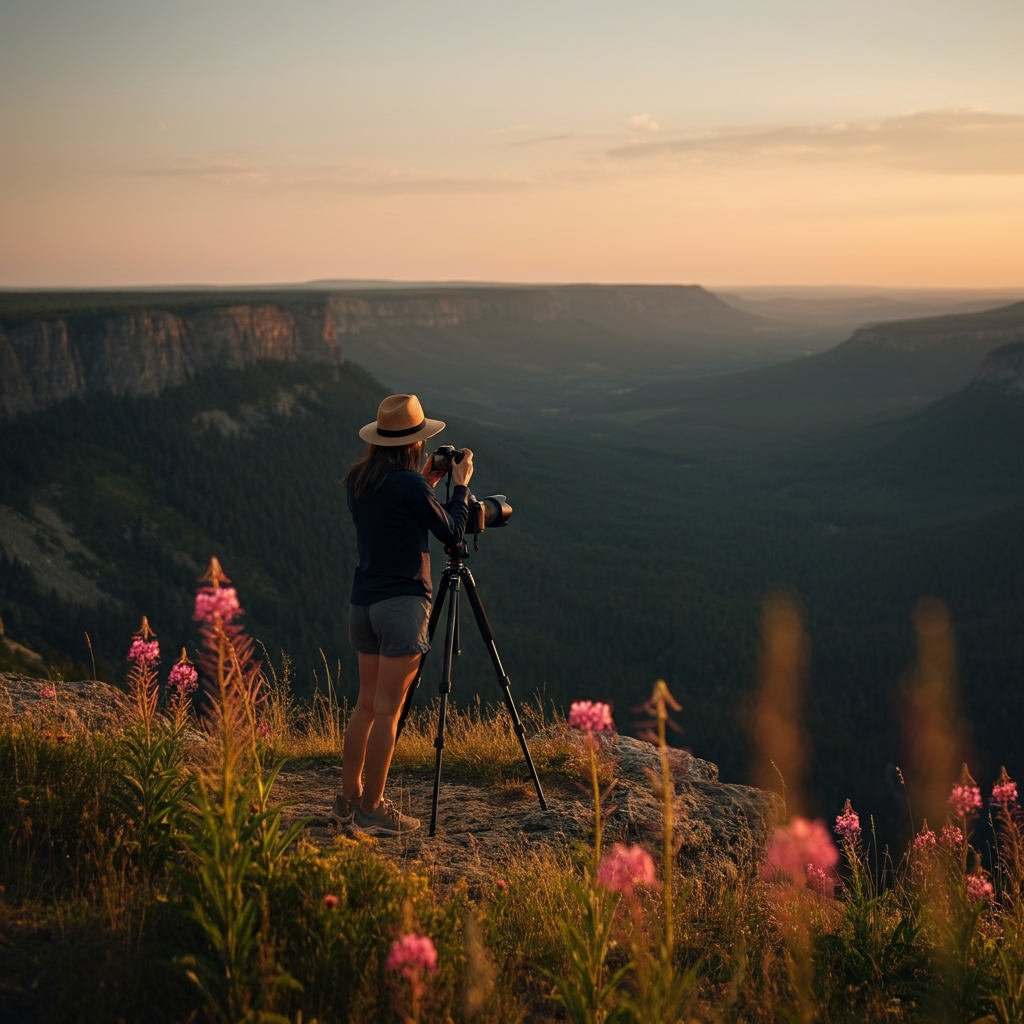Great travel photography isn’t just about capturing pretty pictures. It’s about immortalizing moments, places, and cultures in ways that evoke emotion and tell a story. Whether you’re a seasoned traveler with years of experience behind the lens, or someone just starting out with a camera, this guide will equip you with the skills and insights to elevate your travel photography.
From selecting the right gear to mastering composition and storytelling, we’ve got you covered. You’ll also learn practical tips to handle ethical concerns, post-processing essentials, and how to care for your equipment while traveling.
Understanding Your Gear
Before you create breathtaking images, you need the right tools. A well-informed decision on your gear lays the foundation for stunning travel photos.
Cameras
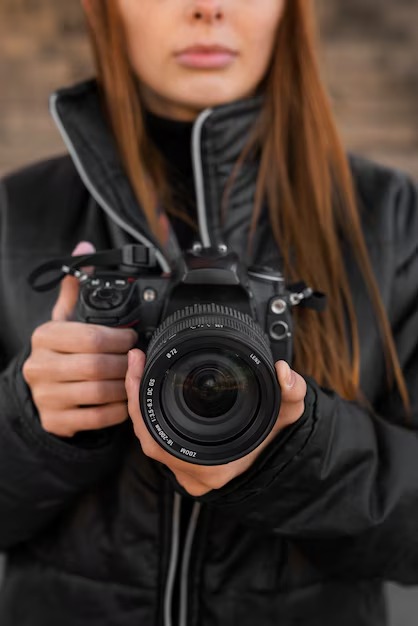
The choice of a camera often depends on your style, goals, and budget.
- DSLRs deliver high-quality images but can be bulky. Ideal for those who value full control over settings and lenses.
- Mirrorless cameras are lightweight and versatile, offering DSLR-level quality in a more compact form.
- Smartphones have become powerful tools with advanced cameras. Perfect for light packers wanting convenience without sacrificing quality.
Lenses
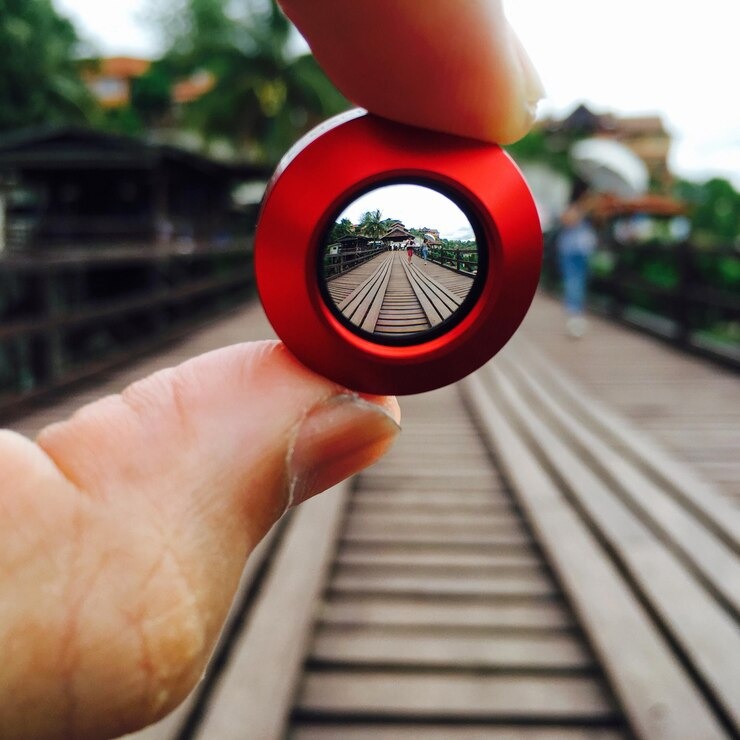
Lenses play a huge role in shaping your photography.
- Wide-angle lenses are ideal for landscapes and cityscapes.
- Zoom lenses allow flexibility when photographing distant subjects.
- Prime lenses produce sharp, high-quality images, making them a favorite for portraits.
Accessories
- Tripod: Essential for stability during long exposures or night photography.
- Filters: Polarizing and ND filters are great tools for enhancing landscapes.
- Extras: Always carry extra batteries, memory cards, and a lens cleaning kit.
Mastering Composition Techniques
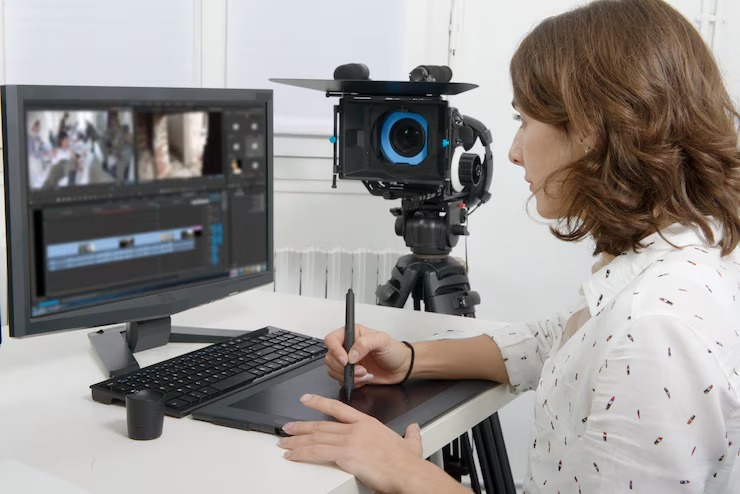
Composition transforms a simple image into an eye-catching masterpiece. Nailing the basics improves every photo you take.
Rule of Thirds
Mentally divide your frame into thirds, both horizontally and vertically. Placing your subject along these lines creates a more balanced and natural image.
Leading Lines
Use roads, rivers, or fences to guide the viewer’s eyes toward the focal point in your photograph. Mastering leading lines helps create depth and engagement.
Symmetry and Patterns
Look for symmetrical scenes or repetitive patterns to add an artistic touch. These elements are especially compelling in architecture and landscapes.
Framing
Use natural elements like doorways or arches to frame your subject. Framing adds focus and structure to your photos while enhancing storytelling.
Working with Light

Good lighting is non-negotiable in photography. The way you use light can dramatically change the tone and impact of your images.
Golden Hour
Photographers cherish the golden hour, the period shortly after sunrise or before sunset when the light is soft and warm. Use it to cast a natural glow on your subjects.
Blue Hour
This is the dusk or twilight period just before sunrise or after sunset. Ideal for creating atmospheric and dreamy images.
Dealing with Harsh Light
Midday sun can be unforgiving. Try shooting in the shade or using a polarizing filter to reduce glare. Alternatively, underexpose your image a bit and adjust it later in post-processing.
Night Photography
For night shots, stabilize your camera on a tripod, use a slower shutter speed, and increase your ISO settings. Practice patience, as low-light photography often takes time to perfect.
Capturing Stunning Landscapes

Landscapes are a travel photography staple. Here’s how to capture them in all their grandeur.
Finding Unique Perspectives
Move around, climb higher, or crouch lower for a fresh angle. Unique perspectives often stand out more than traditional compositions.
Using Filters
Use polarizing filters to enhance colors, especially for skies, and ND filters to create silky smooth water effects in streams or waterfalls.
Composition Tips
Include foreground elements to add depth and scale to your landscapes. This could be anything from a person to a rock or a plant.
Panorama Photography
Many cameras and smartphones now have built-in panorama modes. Use this feature to capture sweeping scenes like mountain ranges or city skylines.
Photographing People

People add life and context to your images. Whether you’re capturing candid moments or formal portraits, practice sensitivity and respect.
Candid Shots
Capture natural expressions by photographing people in their element. Use a zoom lens to remain unobtrusive.
Portraits
For vibrant portraits, focus on the eyes, as they often convey emotion. Use a wide aperture for a blurred background.
Asking for Permission
Before photographing people, especially in foreign countries, ask for permission. A smile and a polite gesture can go a long way in gaining trust.
Street Photography
Document everyday life with spontaneity. Always be mindful of cultural norms and privacy laws.
Storytelling Through Photography
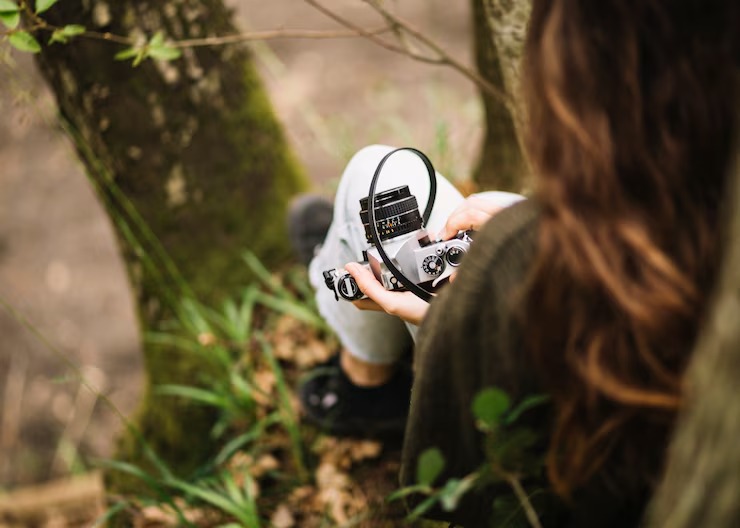
Every photo should tell a story. Use these tips to create images that resonate with your audience.
Capturing the Essence of a Place
Include iconic landmarks, local markets, and unique cultural details to paint a vivid picture of the destination.
Documenting Local Culture
Focus on traditions, ceremonies, and other cultural highlights. Engage respectfully with locals to enrich your storytelling.
Creating a Photo Series
Arrange a series of images that flow together to depict a complete story—from bustling streets to quiet back alleys.
Sharing Your Story
Post your photos on platforms like Instagram or 500px. Engaging captions can elevate your visual narrative.
Post-Processing Essentials
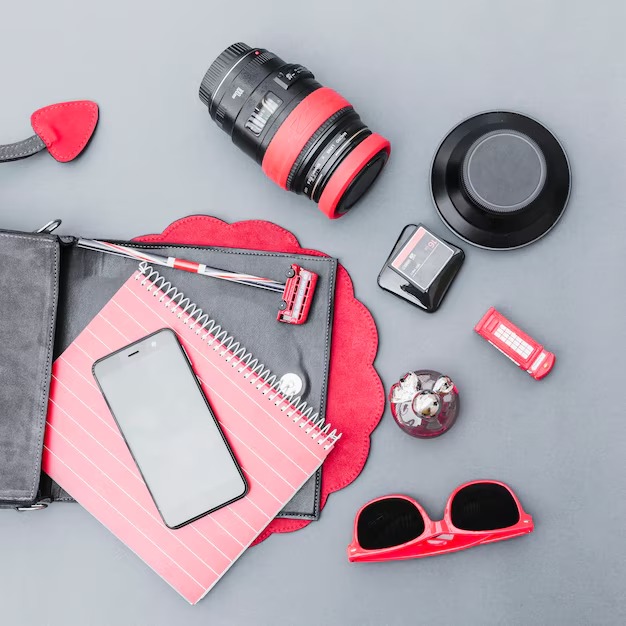
Editing can transform a good image into a great one. Learn the basics to elevate your shots.
Essential Software
- Adobe Lightroom: Ideal for adjusting exposure, contrast, and colors.
- Adobe Photoshop: Perfect for retouching and removing distractions.
Basic Adjustments
Focus on correcting exposure, white balance, and cropping. Subtle adjustments can make a big difference.
Enhancing Colors
Use vibrance and saturation sliders to make colors more dynamic, but avoid over-editing.
Removing Distractions
Use healing or cloning tools to remove unwanted elements and keep the focus on your subject.
Ethical Considerations
Photography is as much about respect and responsibility as it is about creativity.
Respecting Local Customs
Research and respect the cultural norms of your destination. Offending locals, even unintentionally, can have serious repercussions.
Environmental Impact
Leave no trace. Avoid disrupting ecosystems or wildlife for the sake of a photo.
Wildlife Photography
Use a telephoto lens to maintain a safe distance from animals. Never disturb or provoke them.
Consent and Privacy
Always obtain consent before photographing people, especially in sensitive or private situations.
Practical Tips for Traveling with Camera Gear
Protect your gear and keep it ready for action at all times.
Packing
Invest in a padded camera bag to safeguard your equipment during transit.
Security
Use locks on your bags and keep your gear within reach, especially in crowded areas.
Maintenance
Pack a cleaning kit to keep lenses and sensors dust-free.
Backup
Carry multiple memory cards and back up your photos regularly to a cloud service or external drive.
People Also Ask
What is the best camera for travel photography?
Compact mirrorless cameras like the Sony A7 IV or Canon EOS R10 deliver excellent results without weighing you down.
How do I protect my camera gear when traveling?
Invest in a quality camera bag, use locks, and carry gear as part of your cabin luggage when flying.
What are the essential accessories for travel photography?
A tripod, polarizing filters, extra batteries, and memory cards are must-haves.
How can I improve my composition skills?
Practice the rule of thirds, leading lines, and framing. Study famous photographers and analyze their work.
What is the best time of day to take photos?
Golden hour (after sunrise or before sunset) offers soft, flattering light for photography.
Parting Thoughts
Photography is more than just capturing images; it’s about creating memories and telling stories. By following the tips in this guide, you’ll be equipped to take exceptional travel photos that you’ll cherish forever.
Grab your camera and step out into the world. Adventure, after all, is just one click away!
